Every traveler knows that sinking feeling when a much-anticipated destination turns out to be a shadow of its former self. Places that once sparkled with excitement and drew visitors from around the globe can lose their magic over time—victims of overdevelopment, neglect, or simply shifting cultural preferences.
These spots haven’t necessarily become terrible places to visit, yet they’ve definitely lost that special something that made them must-see destinations. Sometimes, overcrowding kills the charm. Other times, it’s poor management or economic decline that does the damage.
Here’s a list of 17 tourist destinations that have seen better days and might leave visitors wondering what all the fuss was about.
Atlantic City, New Jersey
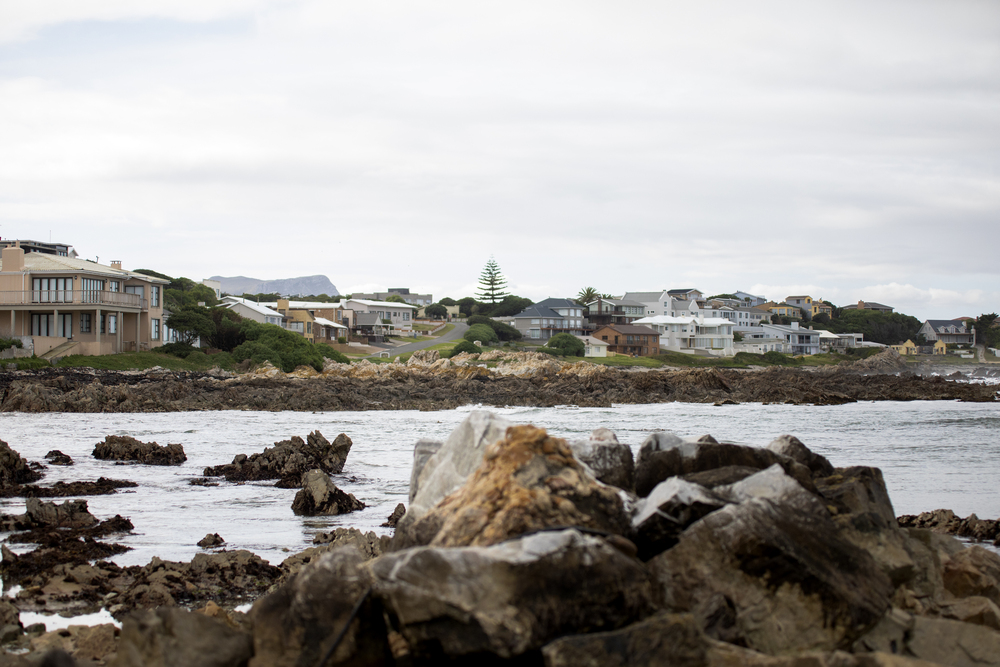
The boardwalk still stretches along the beach, though Atlantic City feels like a faded postcard from the 1970s. Once considered the ‘Monte Carlo of America,’ this seaside resort has struggled to compete with newer gambling destinations and cruise ship entertainment.
Empty storefronts line streets that used to buzz with activity, while many of the grand hotels show their age despite renovation attempts.
Niagara Falls, New York

The falls themselves remain as spectacular as ever, but the surrounding tourist infrastructure has devolved into a carnival of overpriced attractions and tacky gift shops. The American side particularly suffers from poor urban planning and maintenance issues that make this natural wonder feel commercialized rather than awe-inspiring.
Visitors often find themselves dodging aggressive street vendors while navigating through crowds to catch a glimpse of one of nature’s most powerful displays.
Like Travel Pug’s content? Follow us on MSN.
Times Square, New York

What was once the crossroads of the world now feels more like an outdoor shopping mall populated by cartoon characters and chain restaurants. The grittiness that gave Times Square its character has been sanitized away, replaced by corporate-sponsored billboards and tourist traps charging Manhattan prices for mediocre experiences.
Real New Yorkers avoid the area entirely, leaving it to confused tourists taking selfies with people in knock-off superhero costumes and pushy hawkers peddling sketch comedy tickets..
South Beach, Miami

The Art Deco buildings still photograph beautifully, yet South Beach has become a victim of its own success and Instagram fame. The beaches are packed wall-to-wall during peak season, while the nightlife scene has priced out everyone except trust fund kids and expense account holders.
Many of the historic hotels have been converted into exclusive clubs or luxury condos—stripping away the accessibility that once made this neighborhood special.
Hollywood Walk of Fame, California
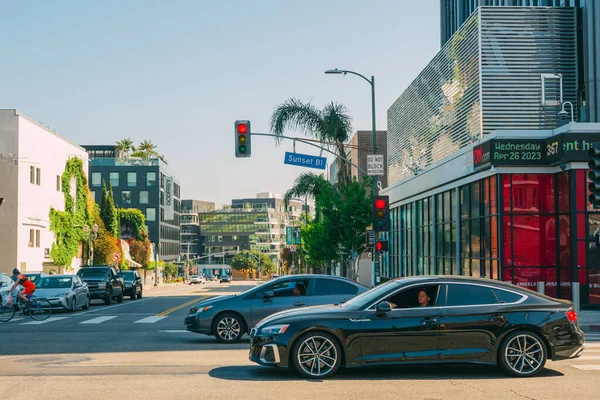
The famous sidewalk stars are often dirty and cracked, surrounded by street performers of questionable talent and aggressive panhandlers. Hollywood Boulevard has transformed into a tourist corridor that bears little resemblance to the glamorous movie capital that people expect to find.
The area feels more like a desperate attempt to monetize nostalgia rather than celebrate entertainment history.
Like Travel Pug’s content? Follow us on MSN.
Key West, Florida
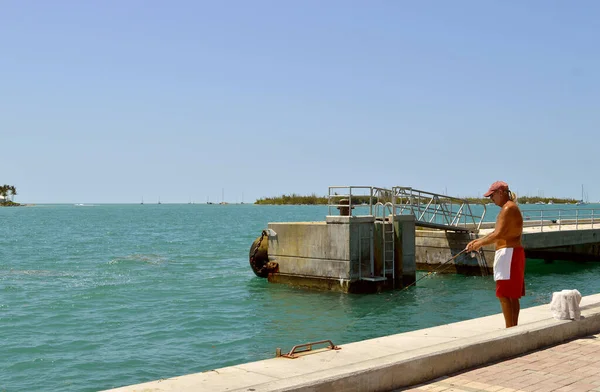
Cruise ship crowds have overwhelmed this once laid-back island paradise—turning Duval Street into a conga line of day-trippers looking for the nearest margarita stand. The Bohemian artist community that gave Key West its character has been largely priced out by resort development and vacation rental investors.
Today, what used to be a quirky escape from mainland life now feels like any other tropical tourist destination with a pirate theme.
Martha’s Vineyard, Massachusetts

This New England island has become so exclusive and expensive that it’s lost much of its authentic charm. The working fishing village atmosphere has been replaced by boutique shopping and celebrity spotting, while affordable accommodations have virtually disappeared.
Local families who have lived here for generations have been forced to move to the mainland, leaving behind a hollow shell of manufactured quaintness.
The French Quarter, New Orleans

Although the architecture itself is still beautiful, Bourbon Street has become a 24-hour party strip that values numbers over quality. Chain stores and tourist-oriented eateries have pushed out many of the real jazz clubs and Creole restaurants that infused the Quarter with character.
The ever-present crowds and rowdy nightlife make it hard to appreciate the historical value of America’s most individualized neighborhood.
Like Travel Pug’s content? Follow us on MSN.
Coney Island, New York

The famous boardwalk and Luna Park still operate, though Coney Island feels stuck in a time warp between its glorious past and an uncertain future. Development projects have stalled repeatedly, leaving the area with a patchwork of new attractions mixed with aging infrastructure.
The gritty charm that once made this seaside destination exciting now just feels run-down rather than authentically vintage.
Waikiki Beach, Hawaii
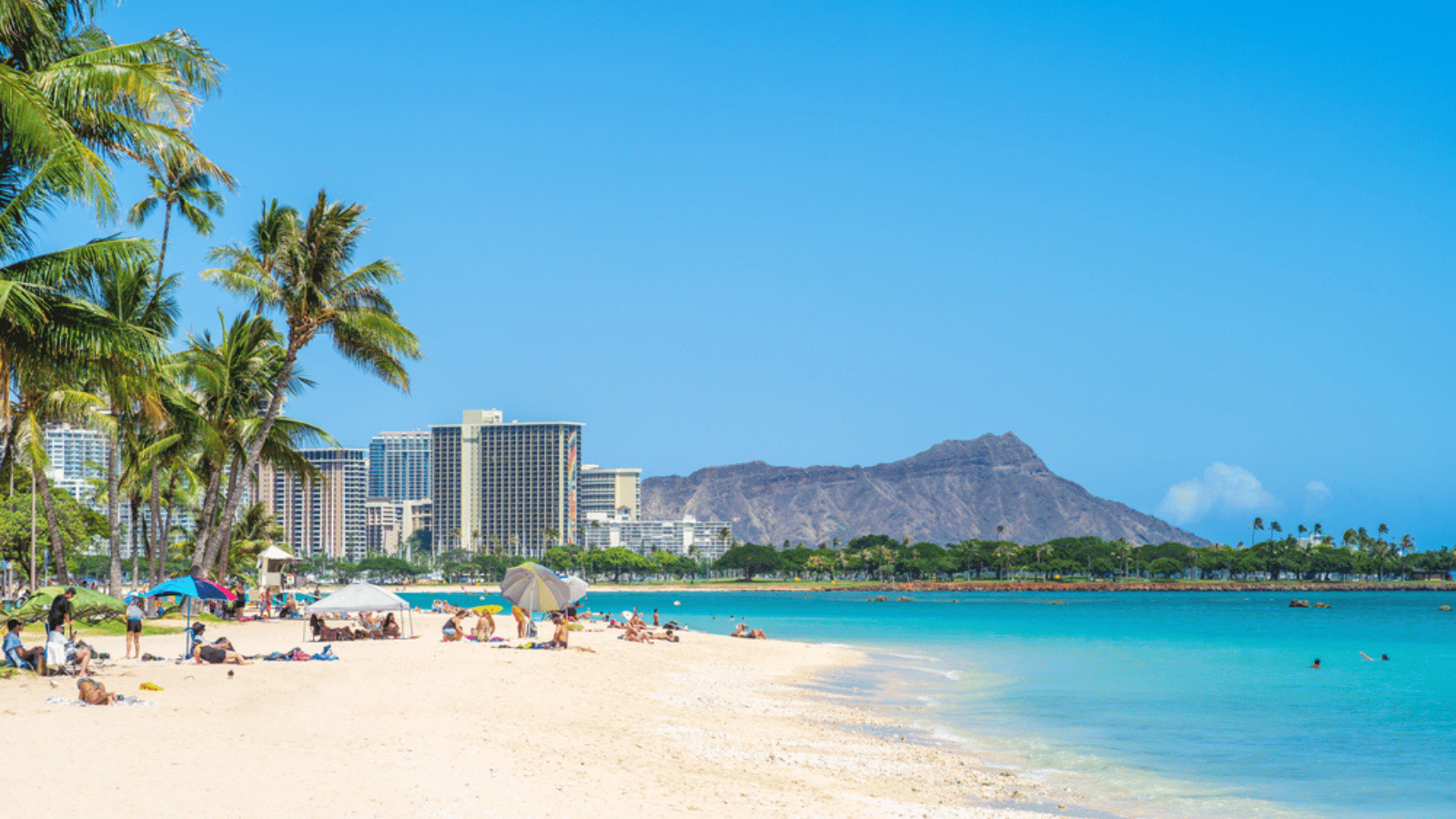
Paradise has been paved over with concrete hotels that block ocean views and create artificial wind tunnels along the beach. The sand becomes so crowded during peak hours that finding a spot requires arriving before dawn, while water quality has suffered from decades of urban runoff.
What should be a tropical escape feels more like a beach-themed shopping mall with expensive parking.
Gatlinburg, Tennessee
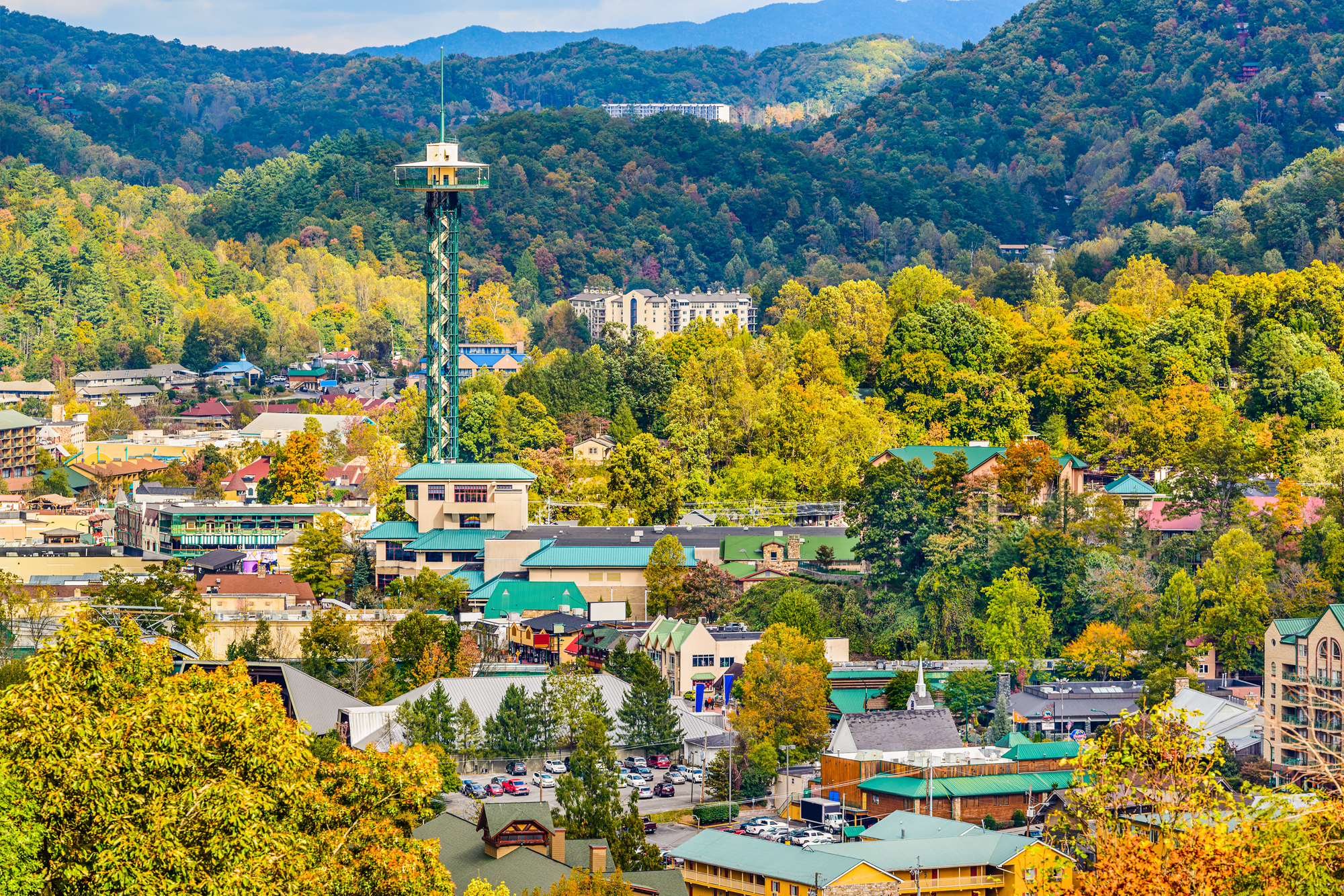
The gateway to Great Smoky Mountains National Park has become a neon-lit strip of dinner theaters, mini golf courses, and moonshine distilleries that obscure the natural beauty visitors came to see. Traffic jams are constant during peak season, turning what should be a peaceful mountain getaway into an exercise in patience.
The town feels more focused on extracting money from tourists than preserving the mountain culture it claims to represent.
Like Travel Pug’s content? Follow us on MSN.
Williamsburg, Virginia

Colonial Williamsburg was once considered the gold standard for historical recreation, but it now feels dated and artificial compared to more modern museum experiences. The costumed interpreters often seem to be going through the motions rather than bringing history to life, while the surrounding area has filled up with generic chain hotels and restaurants.
Budget cuts and shifting visitor expectations have diluted the educational value that once justified the high admission prices.
Fisherman’s Wharf, San Francisco

The waterfront area has become a sanitized version of what was once a working fishing port, complete with overpriced seafood restaurants and street performers who seem more interested in tips than entertainment. Pier 39 feels like an outdoor shopping mall that happens to have harbor views, while the famous sea lions provide the only authentic wildlife experience left.
Most locals consider the entire area a tourist trap to be avoided at all costs.
Myrtle Beach, South Carolina

The Grand Strand has been overdeveloped to the point where high-rise condos block ocean views and create a concrete canyon effect along the beach. The family-friendly atmosphere that once defined Myrtle Beach has been compromised by rowdy party crowds and aggressive timeshare salespeople.
Traffic congestion during summer months can turn a simple trip to the beach into an hour-long ordeal.
Like Travel Pug’s content? Follow us on MSN.
Ocean City, Maryland
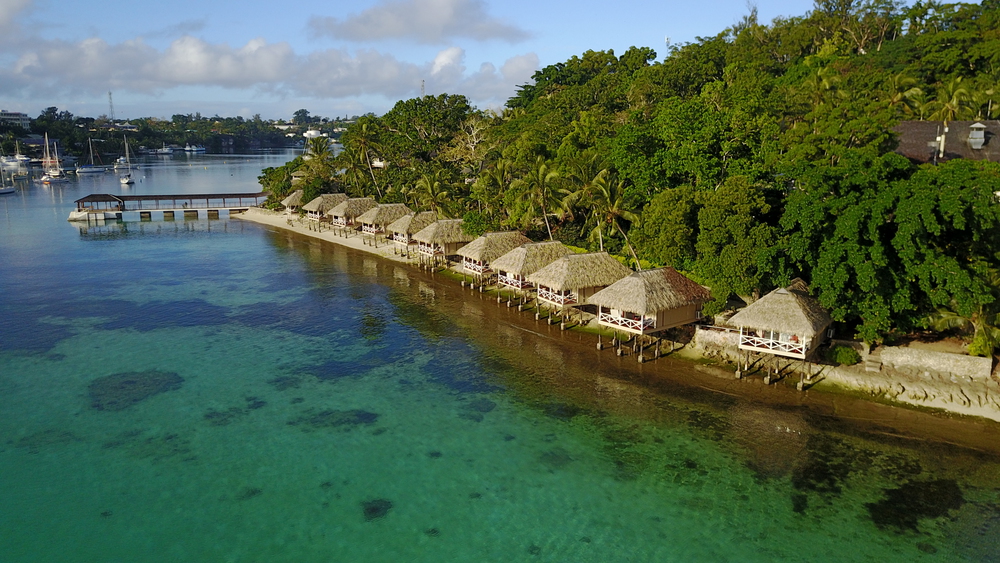
This classic East Coast beach town has expanded beyond its infrastructure’s ability to handle the crowds, resulting in traffic nightmares and overcrowded beaches during peak season. The boardwalk is lined with the same chain stores and carnival games found at every other beach resort, while the charm of a small seaside community has been lost to commercial development.
Finding parking often costs more than some of the attractions you came to enjoy.
Virginia Beach, Virginia
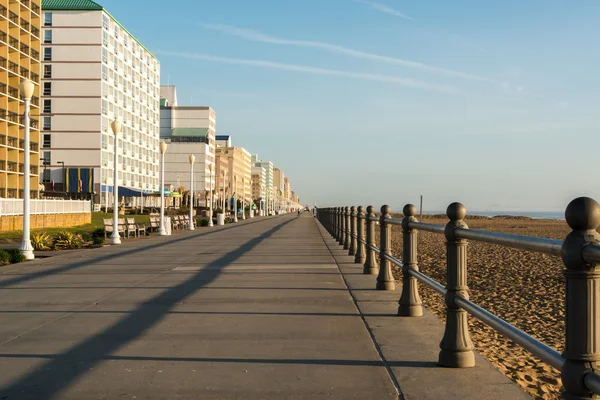
The resort area has grown into a sprawling collection of high-rise hotels and chain restaurants that could be anywhere in America. The military base nearby adds jet noise to an already crowded beach experience, while the boardwalk feels more like a suburban shopping district than a seaside promenade.
The natural beauty of the Chesapeake Bay region gets lost among all the commercial development and tourist-focused businesses.
Old Orchard Beach, Maine
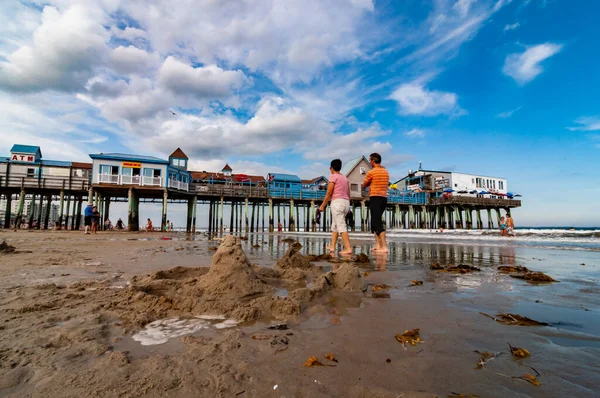
This once-charming New England beach town has struggled with maintenance and development issues that have left it looking tired and worn around the edges. The famous pier shows its age, while many of the beachfront properties need significant renovation to recapture their former appeal.
The French-Canadian tourist crowds that once gave the area its unique international flavor have largely moved on to other destinations.
Like Travel Pug’s content? Follow us on MSN.
When Glory Days Fade Away
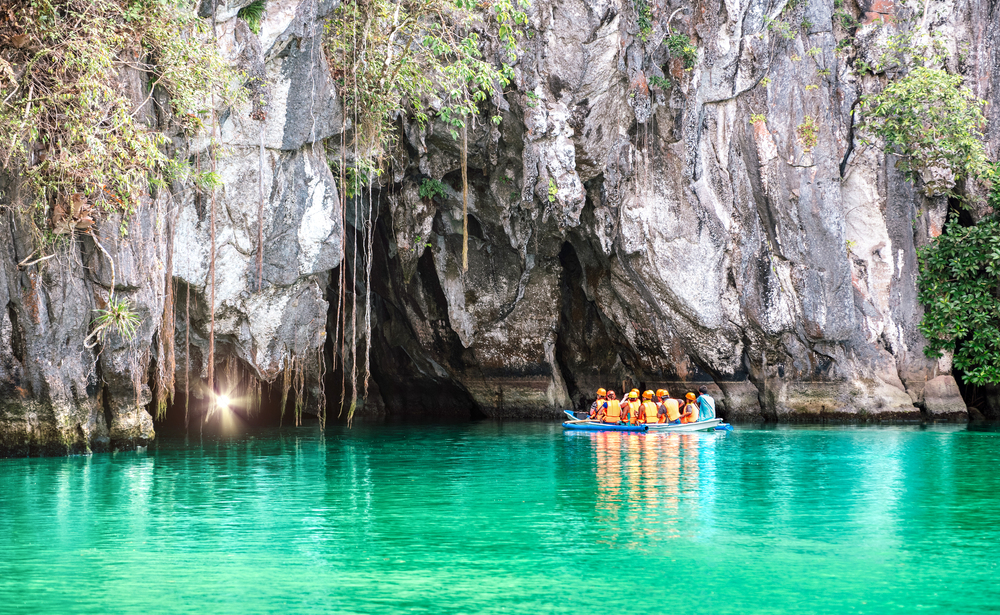
These destinations remind us that tourism success can be a double-edged sword, transforming authentic places into manufactured experiences that satisfy no one completely. Many of these locations were genuinely special once upon a time, drawing visitors with their unique character, natural beauty, or cultural significance.
The tragedy doesn’t lie in their current state but in what they’ve lost along the way—the authentic elements that made people want to visit in the first place. Perhaps the lesson here is that the best travel experiences often happen in places that haven’t yet discovered they’re supposed to be tourist destinations, where local life continues unchanged and visitors are welcomed as guests rather than revenue sources.
More from Travel Pug

- 20 Best Beach Towns in the Carolinas
- 13 Destinations Where Tourists Regularly Regret Their Trip
- 20 Destinations That Are More Magical Without an Itinerary
- 20 Underrated Adventures That Belong on Your Travel List
- 20 Cities Where You Should Just Wing It, No Planning Required
Like Travel Pug’s content? Follow us on MSN.w us on MSN.N.
